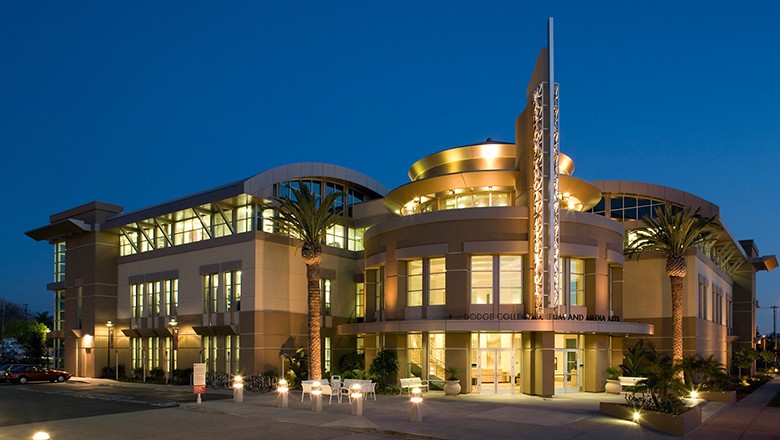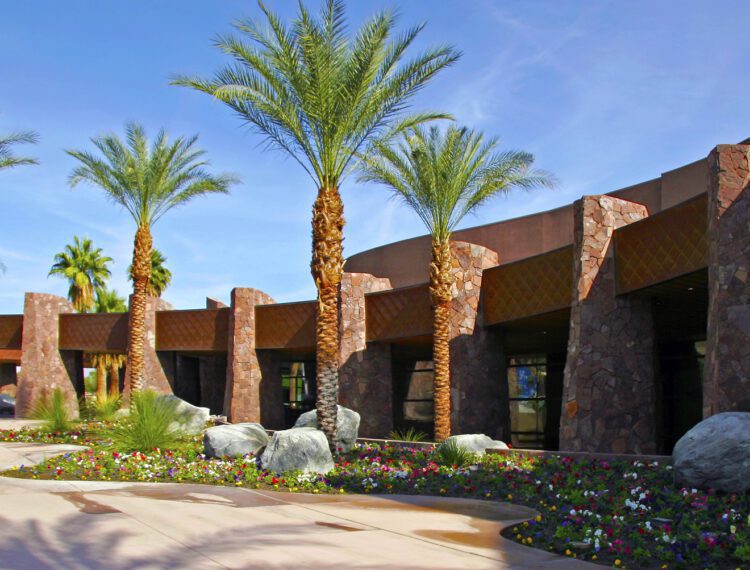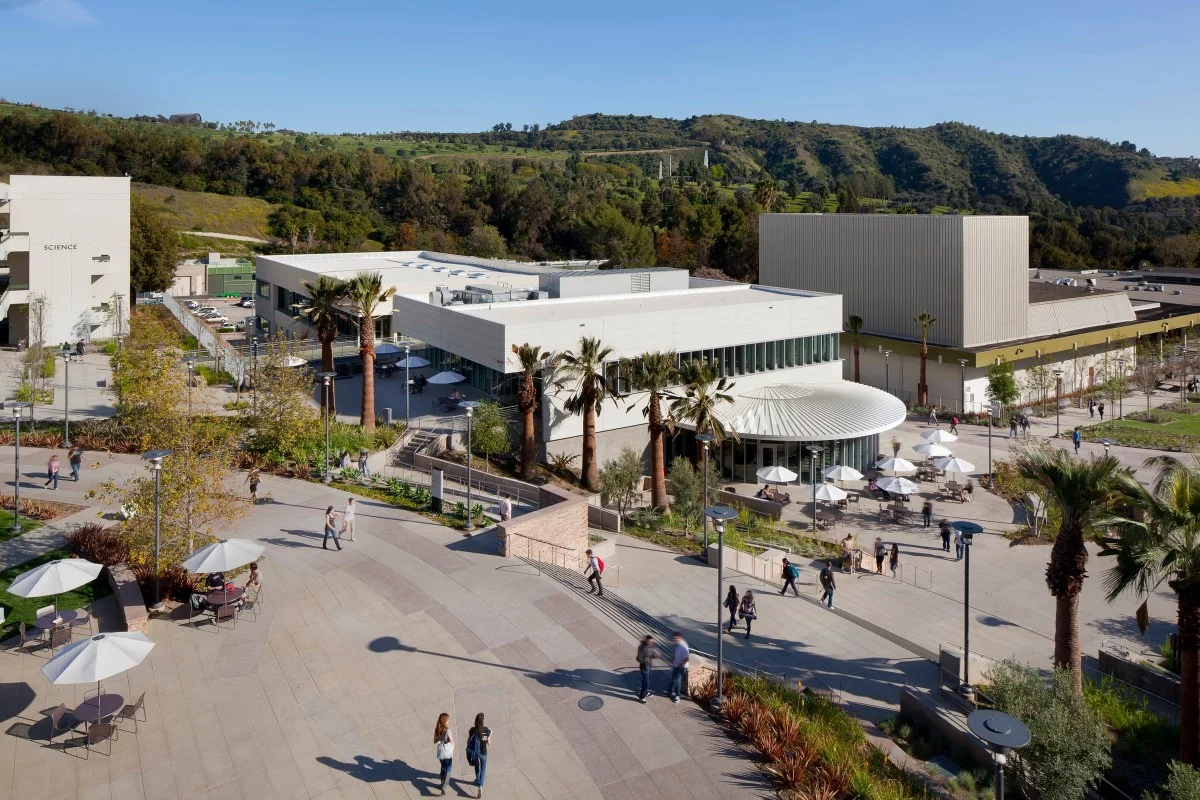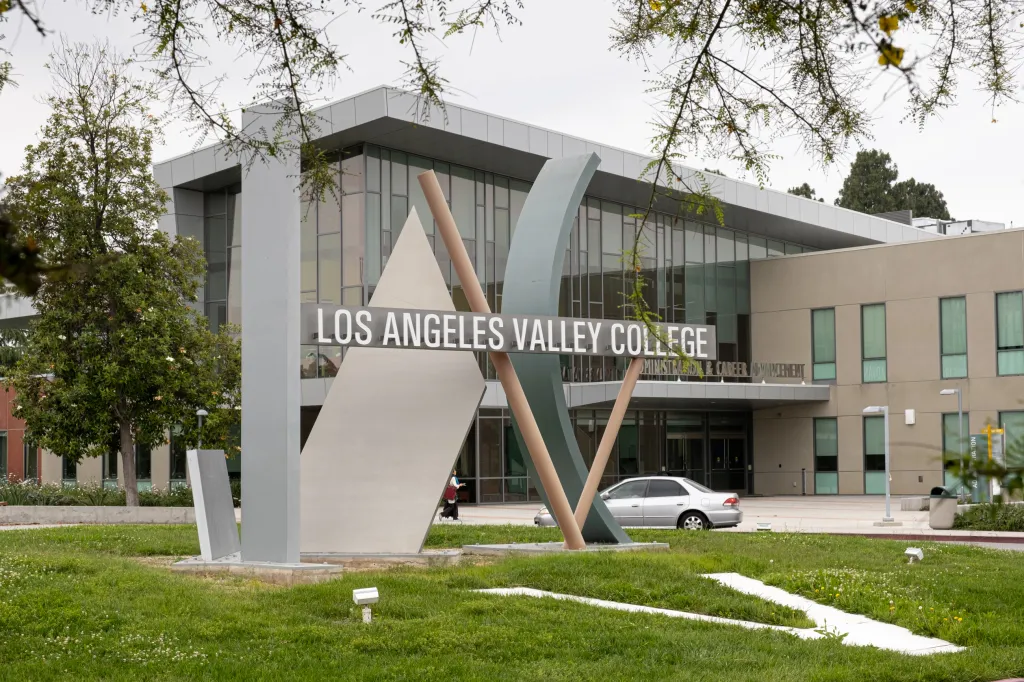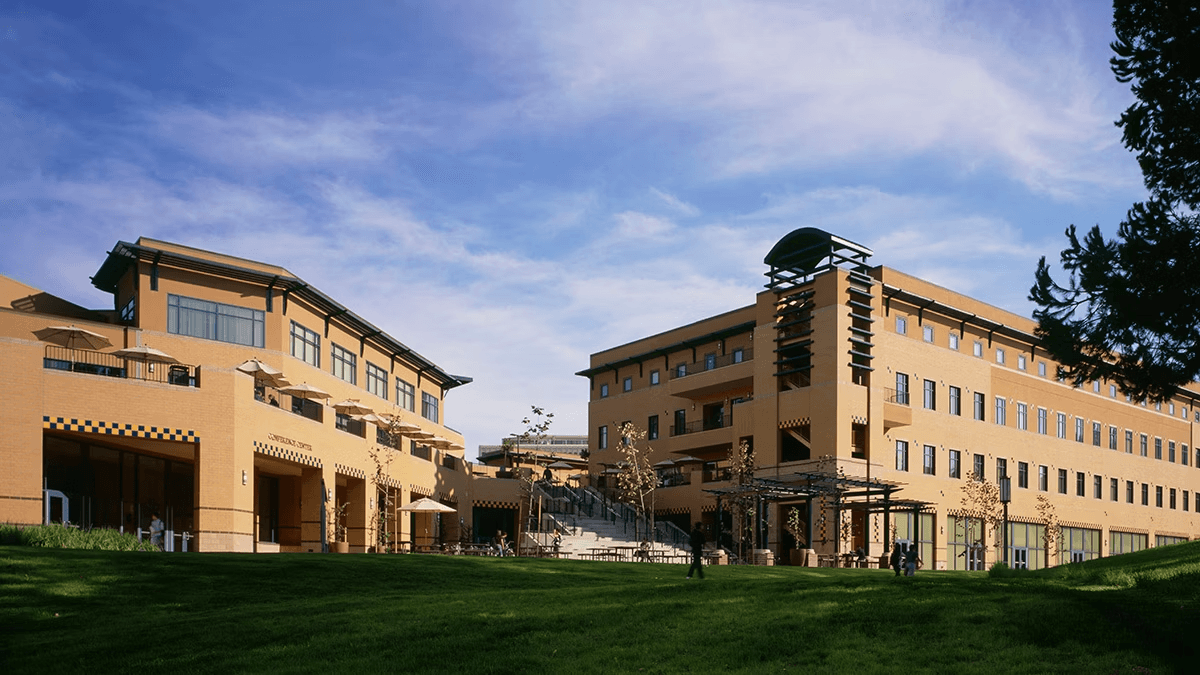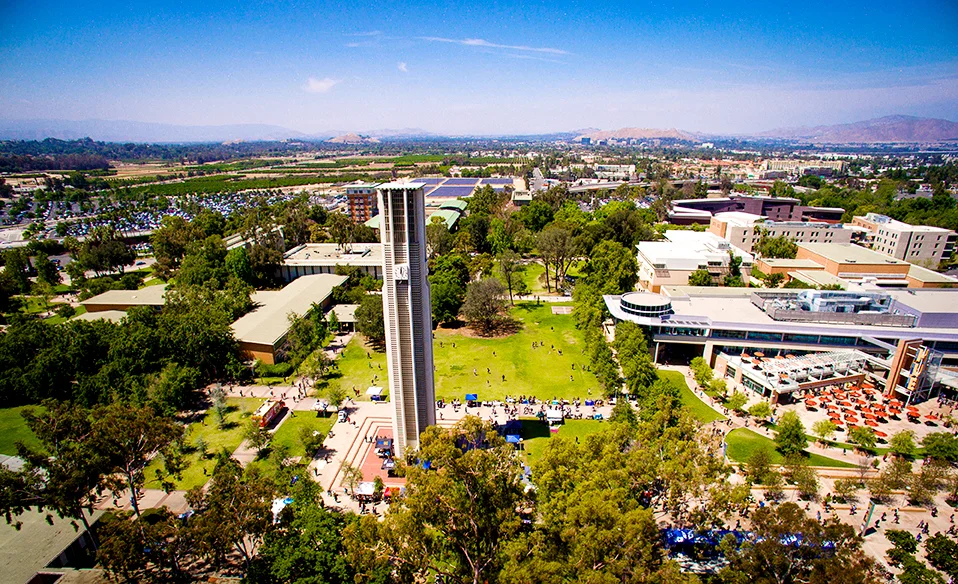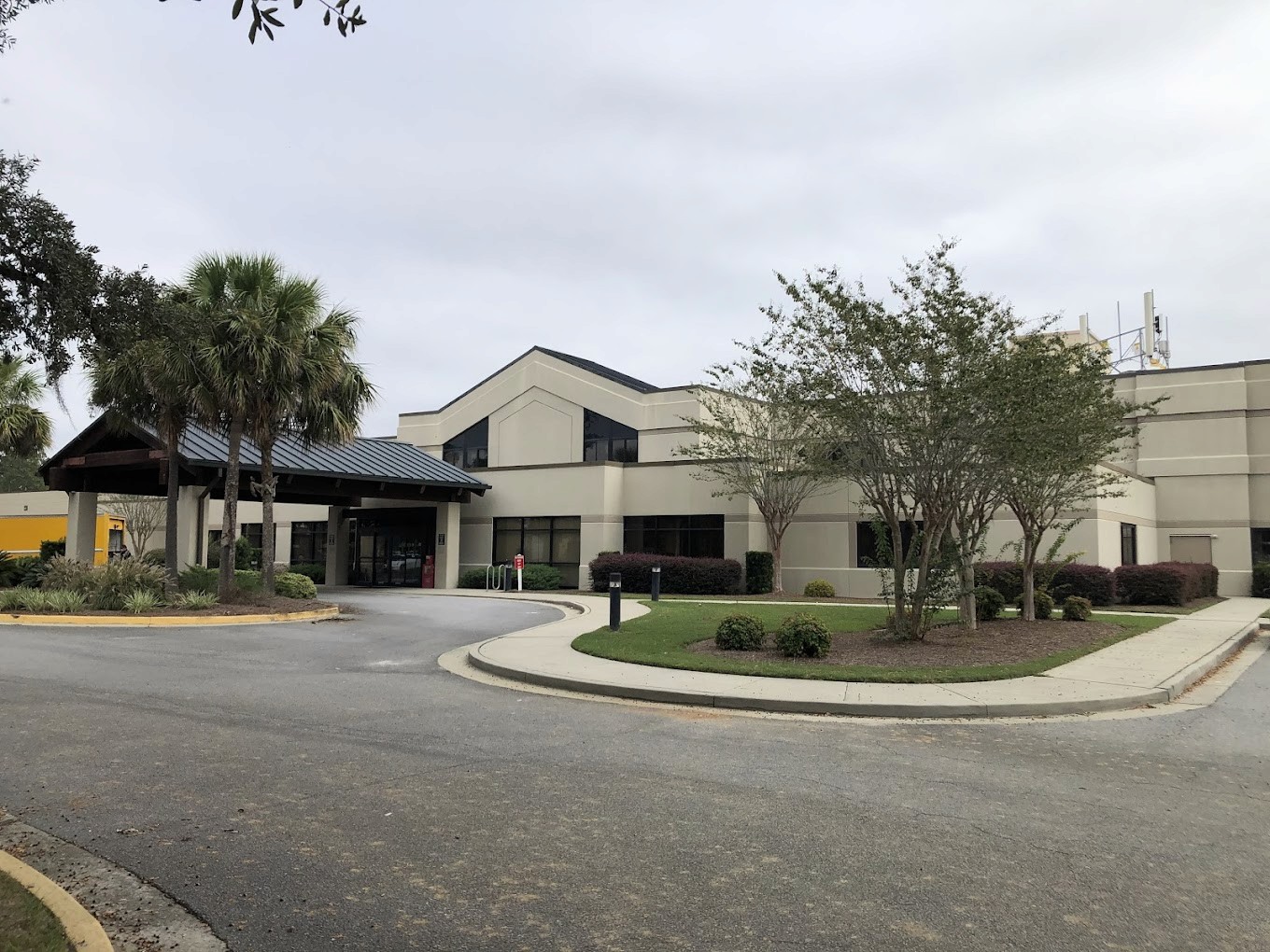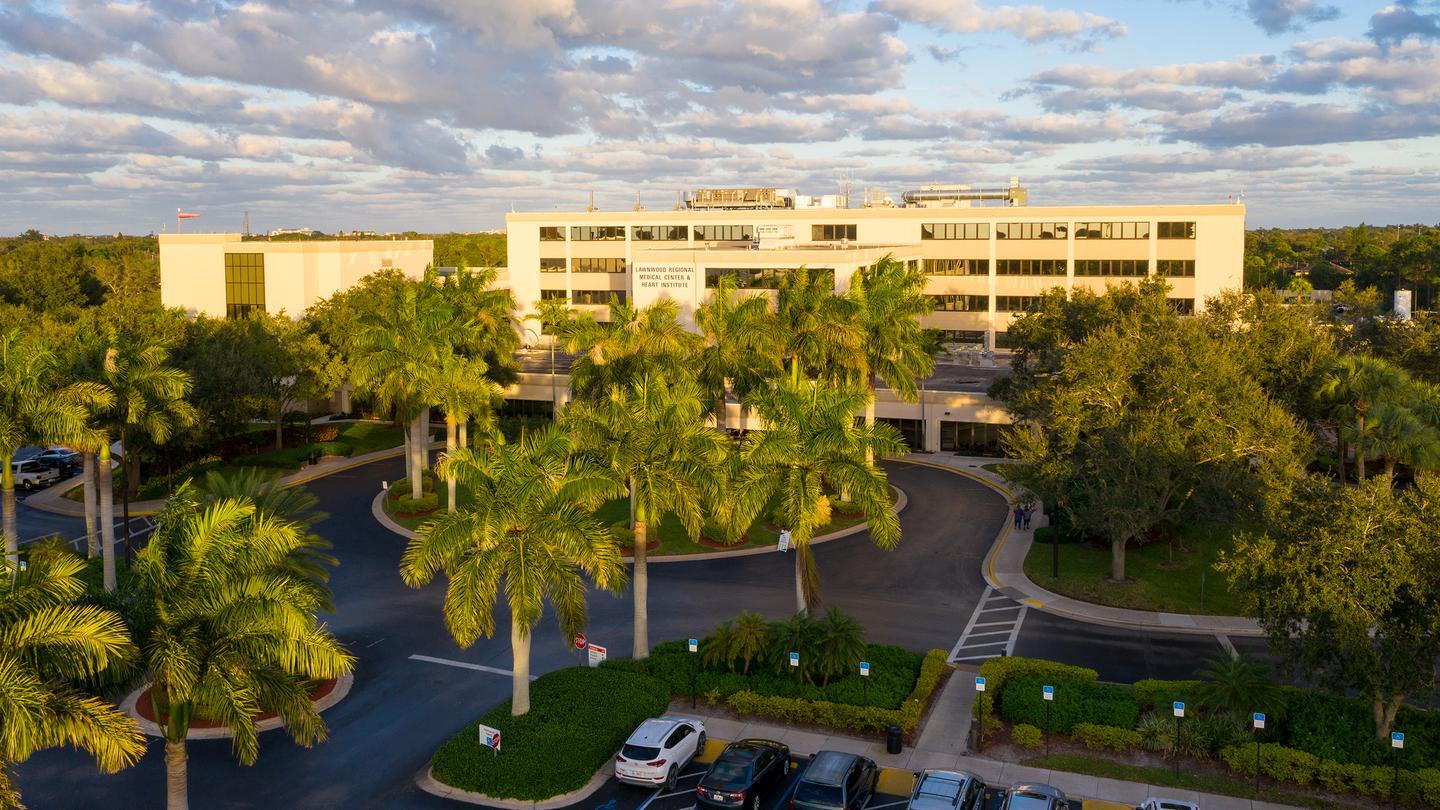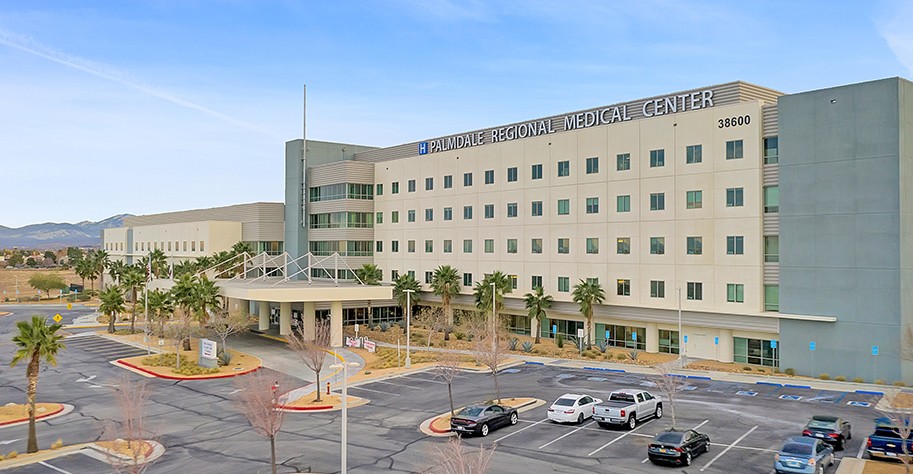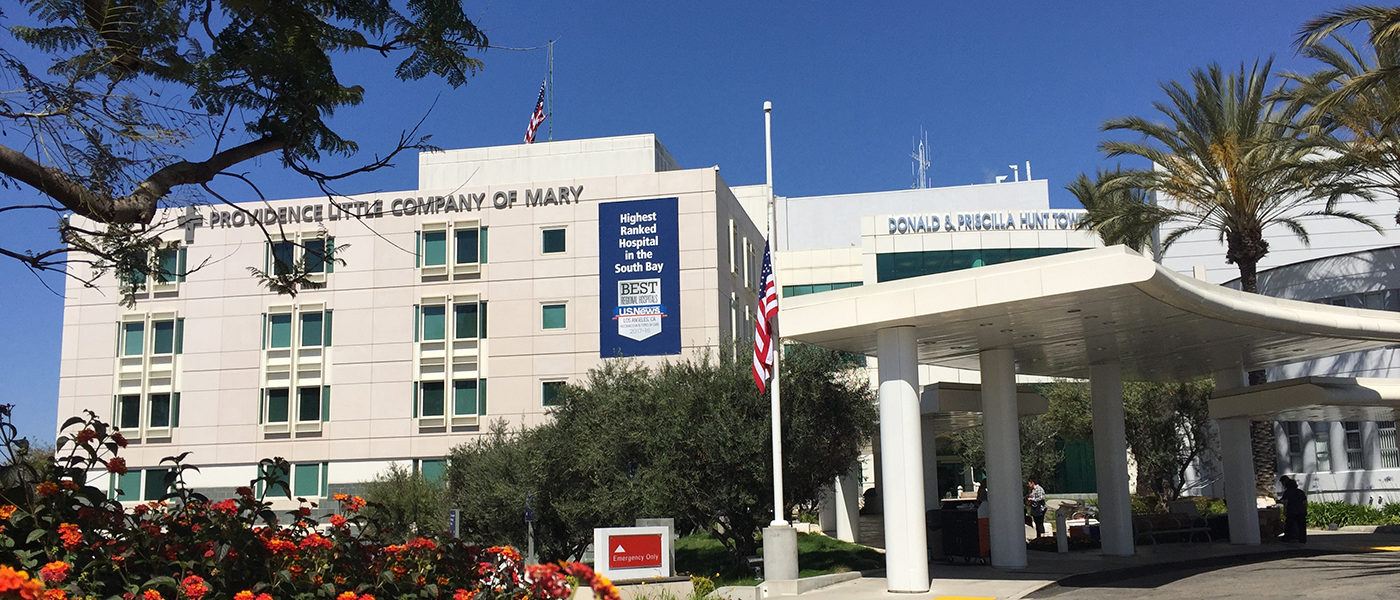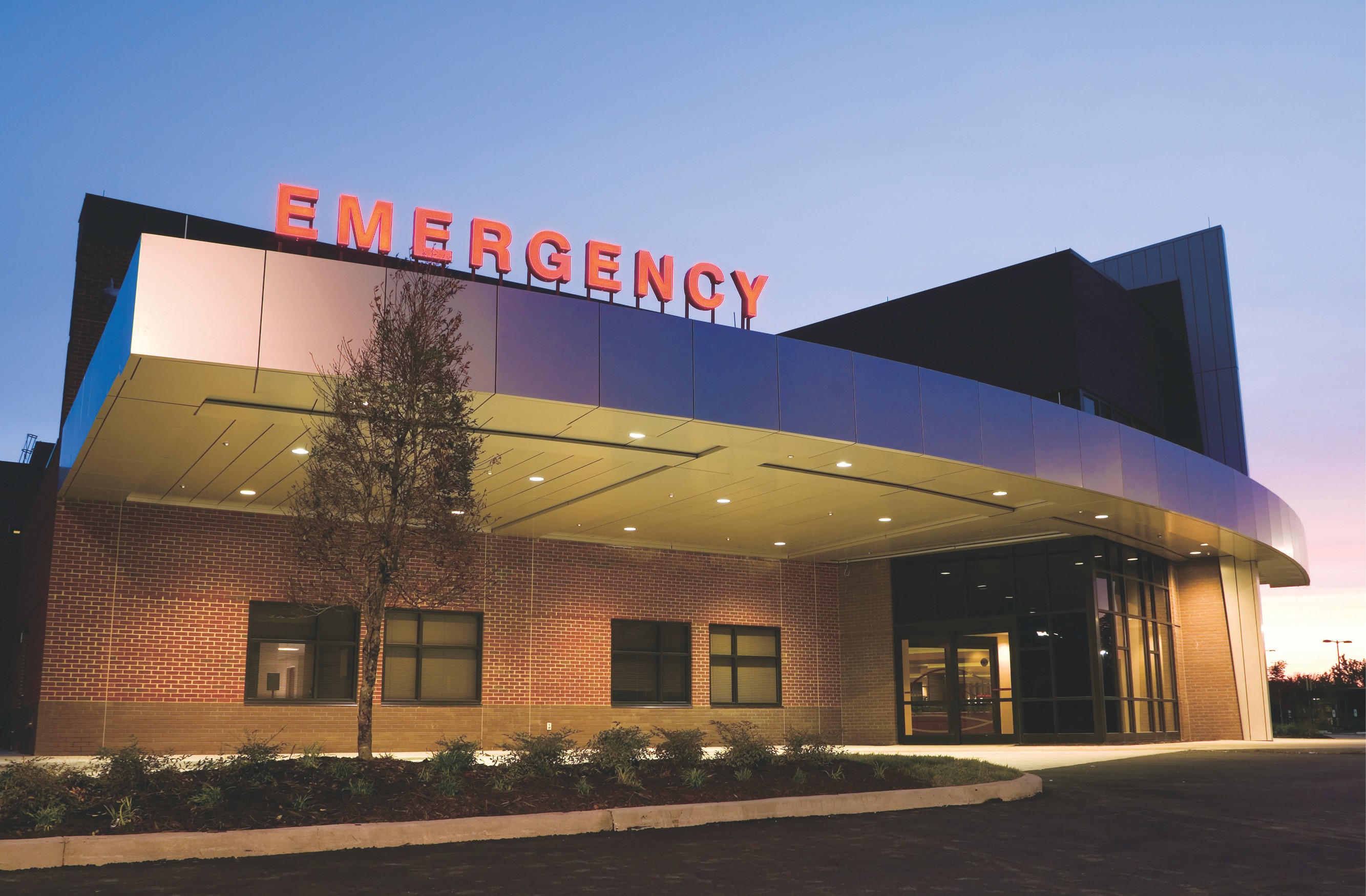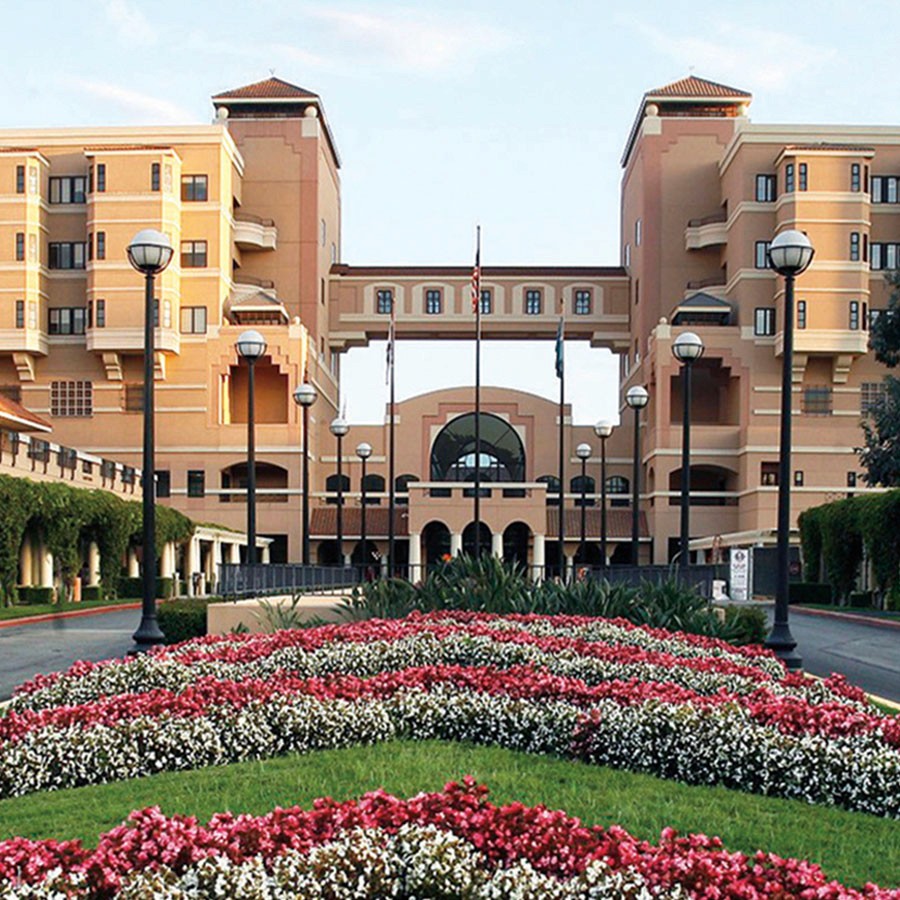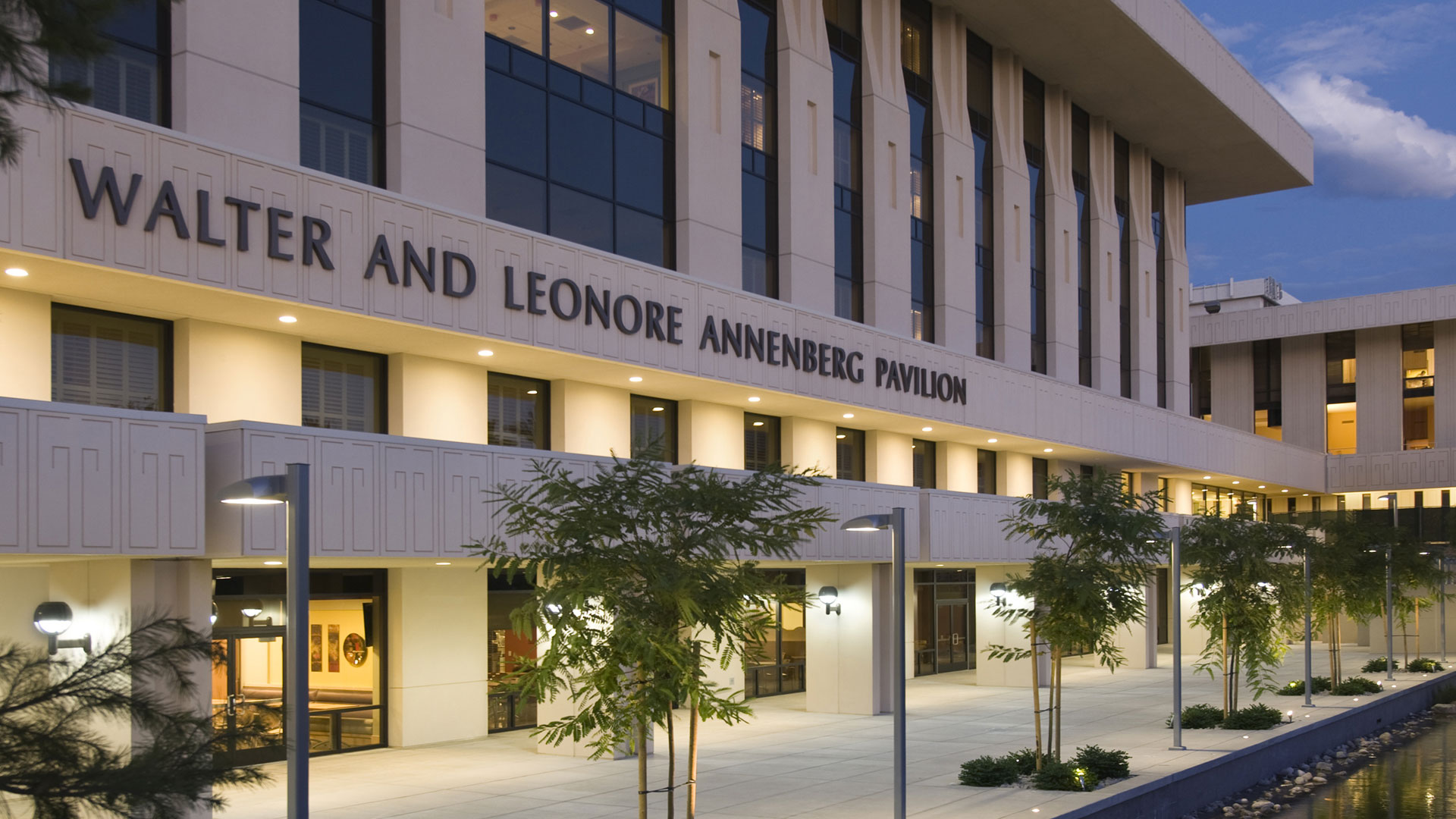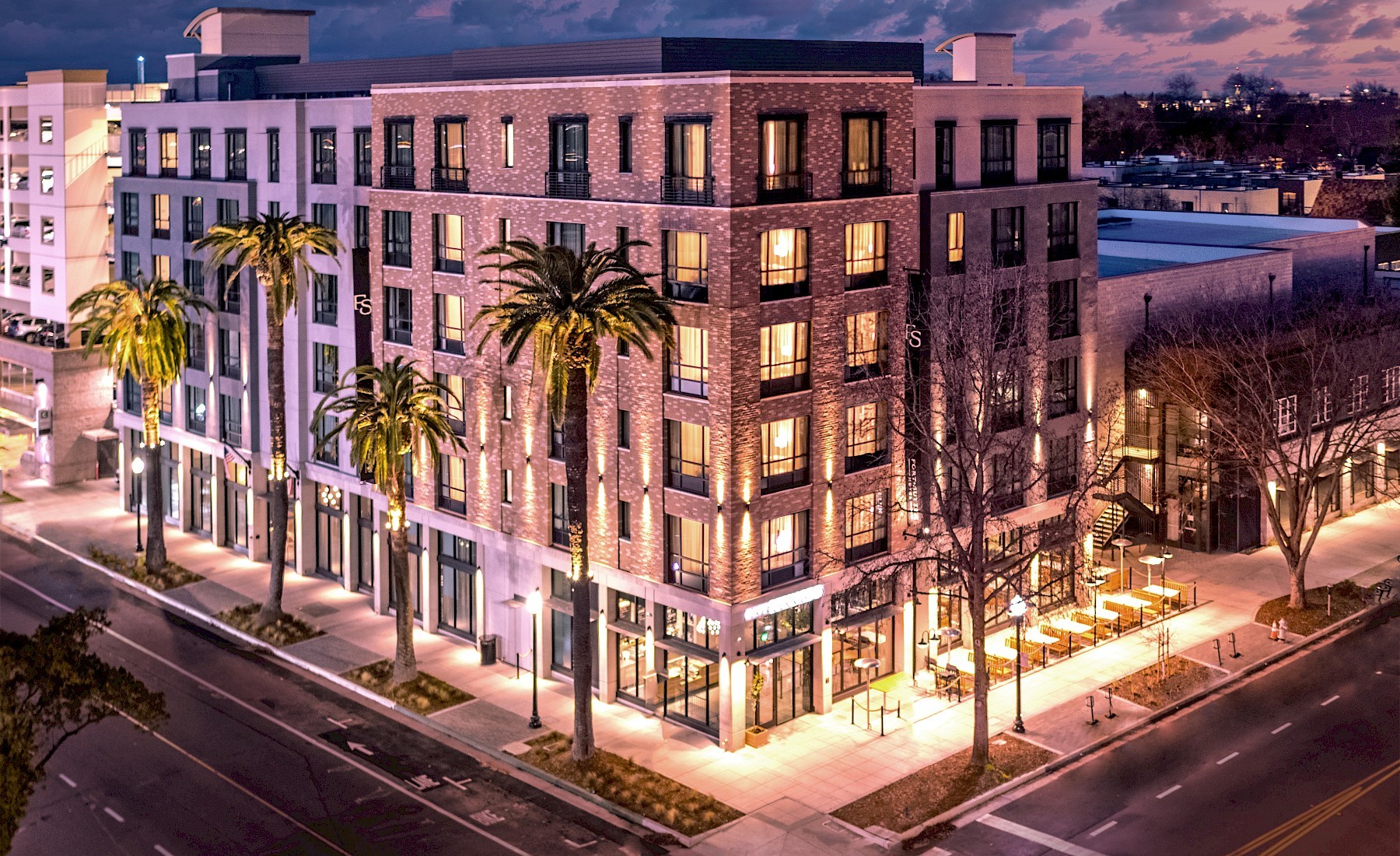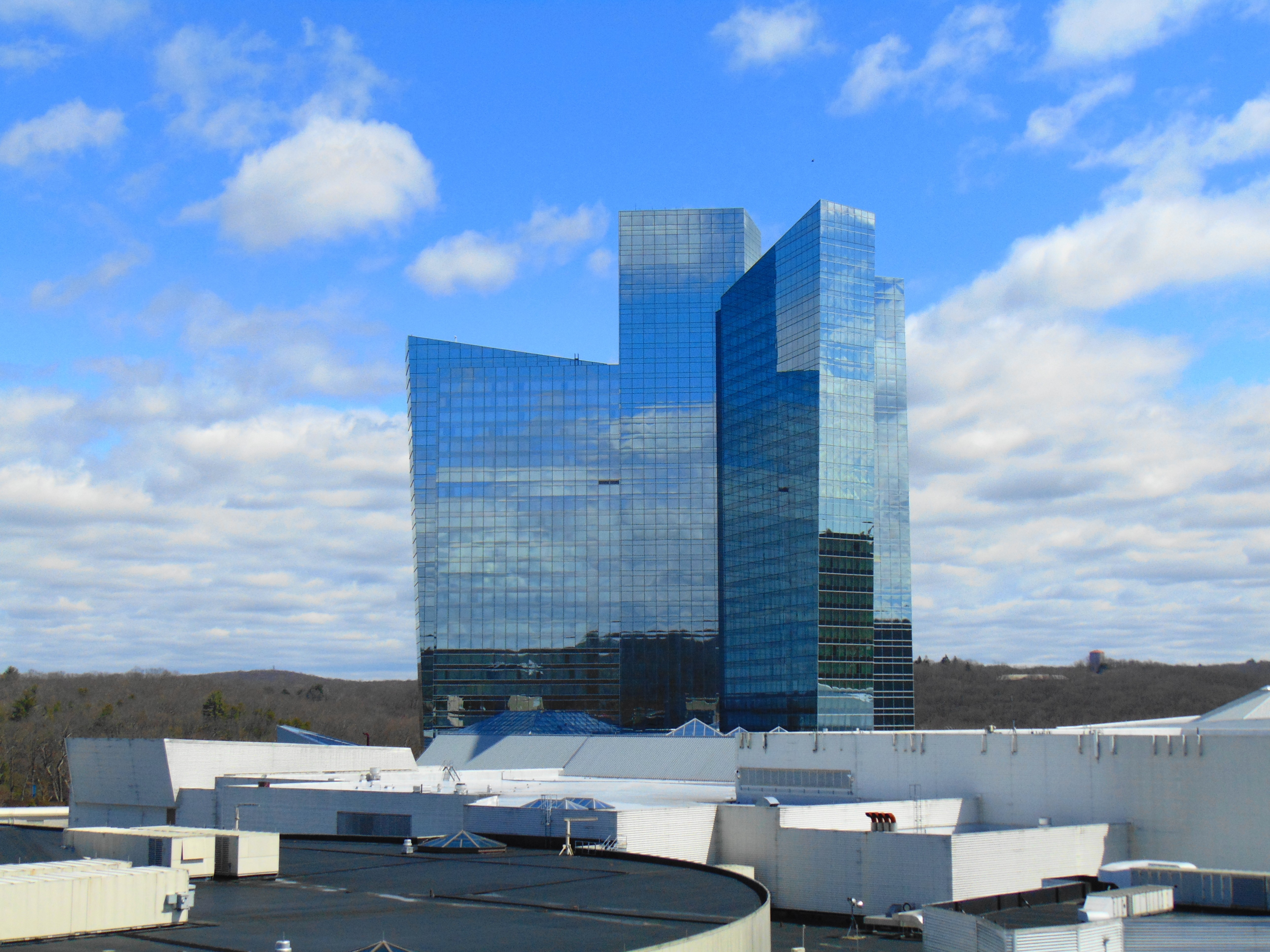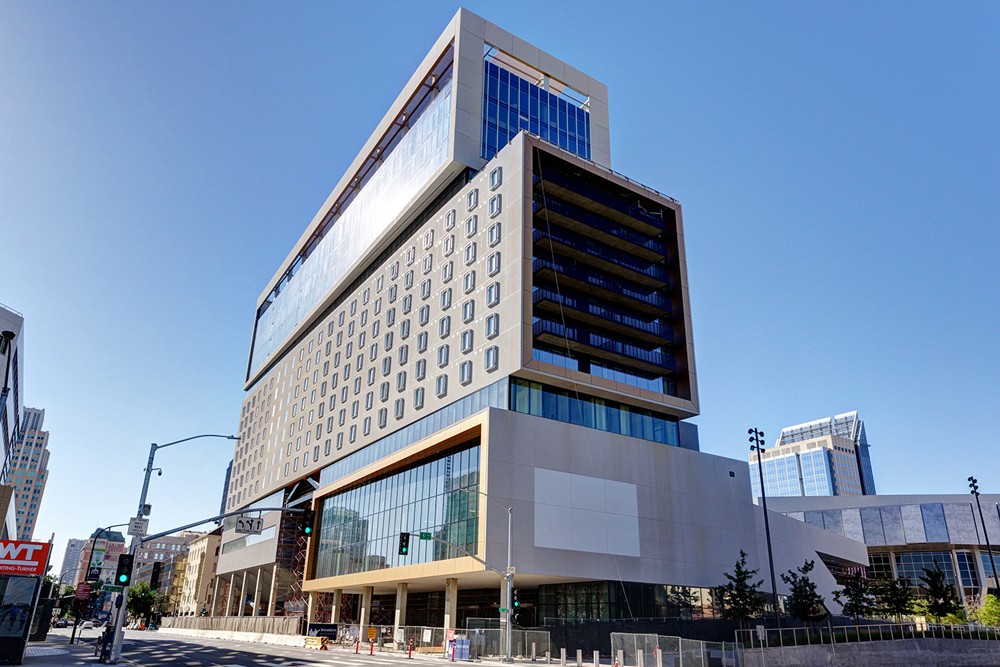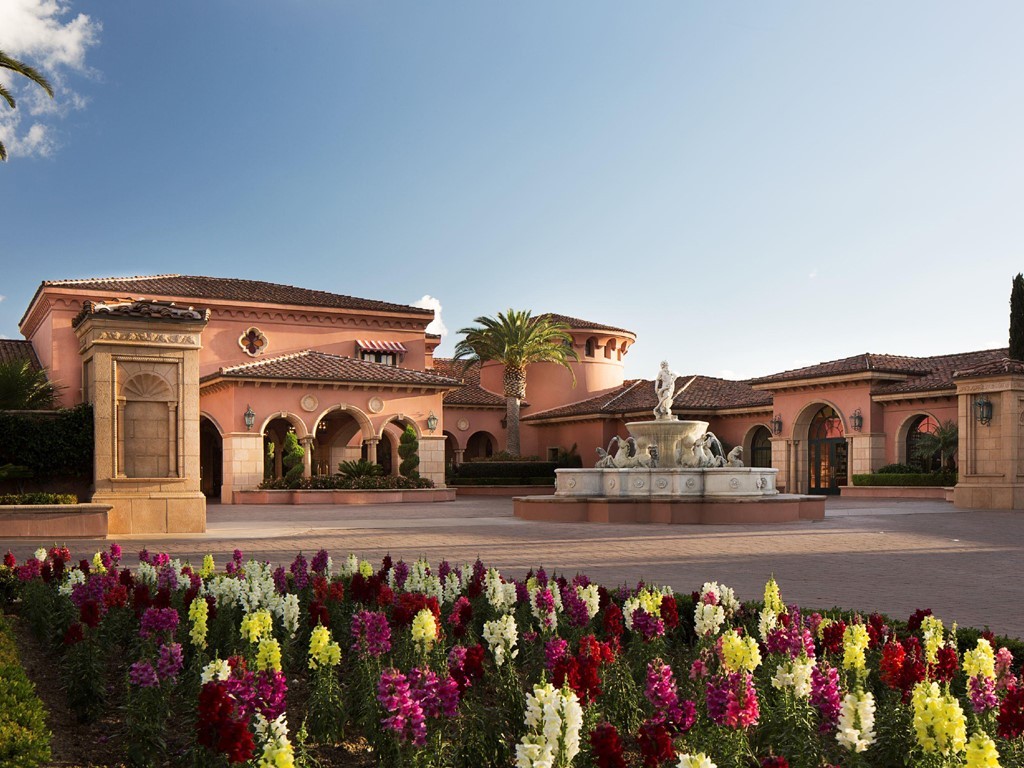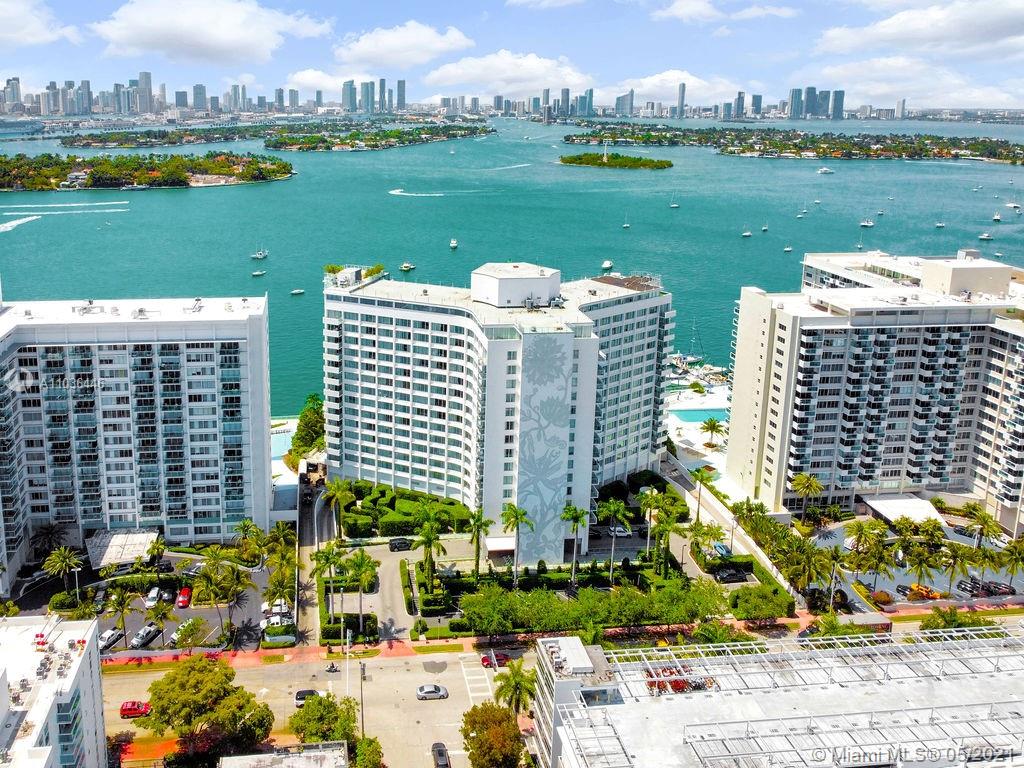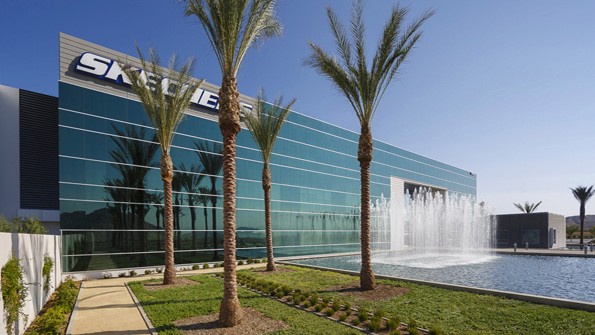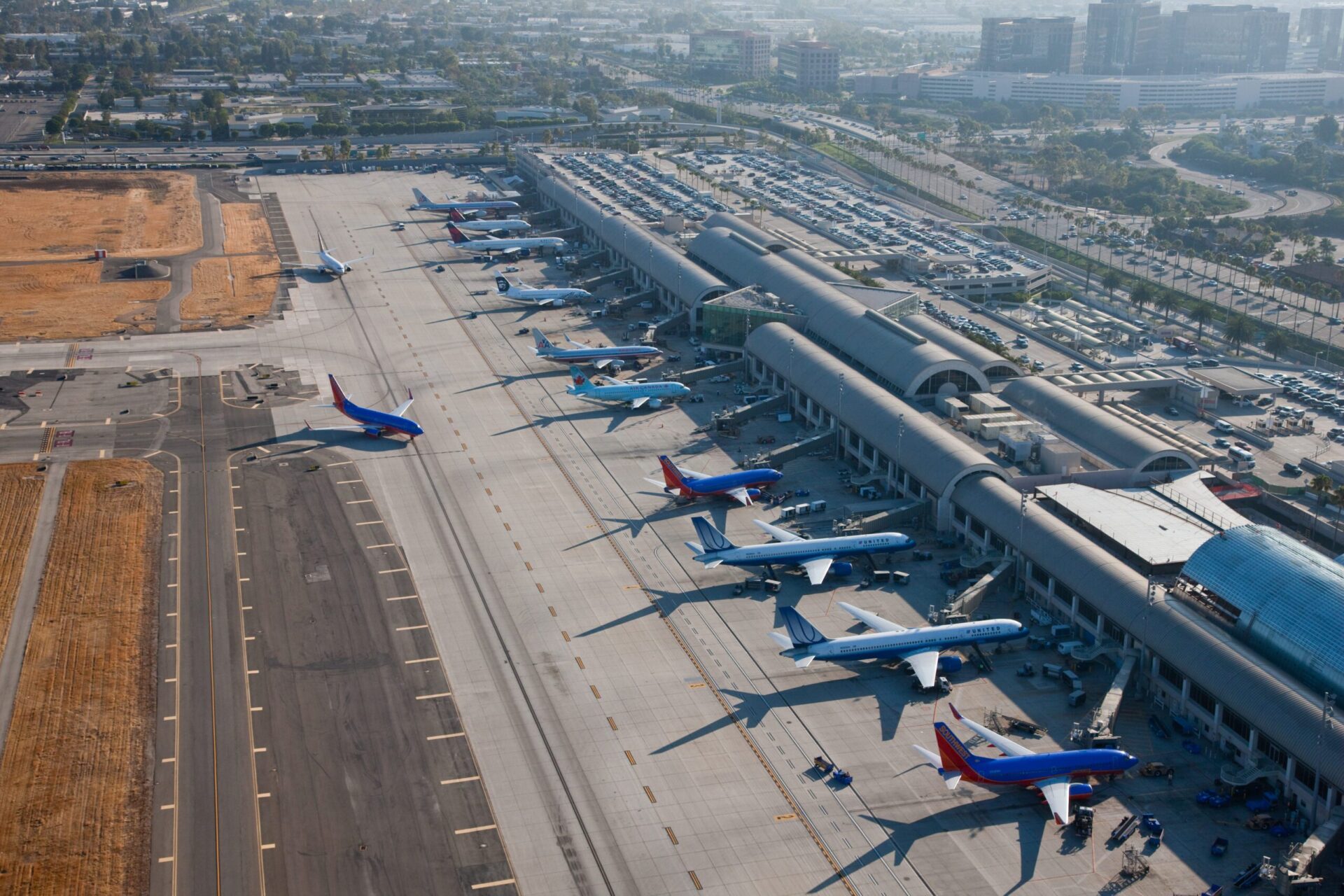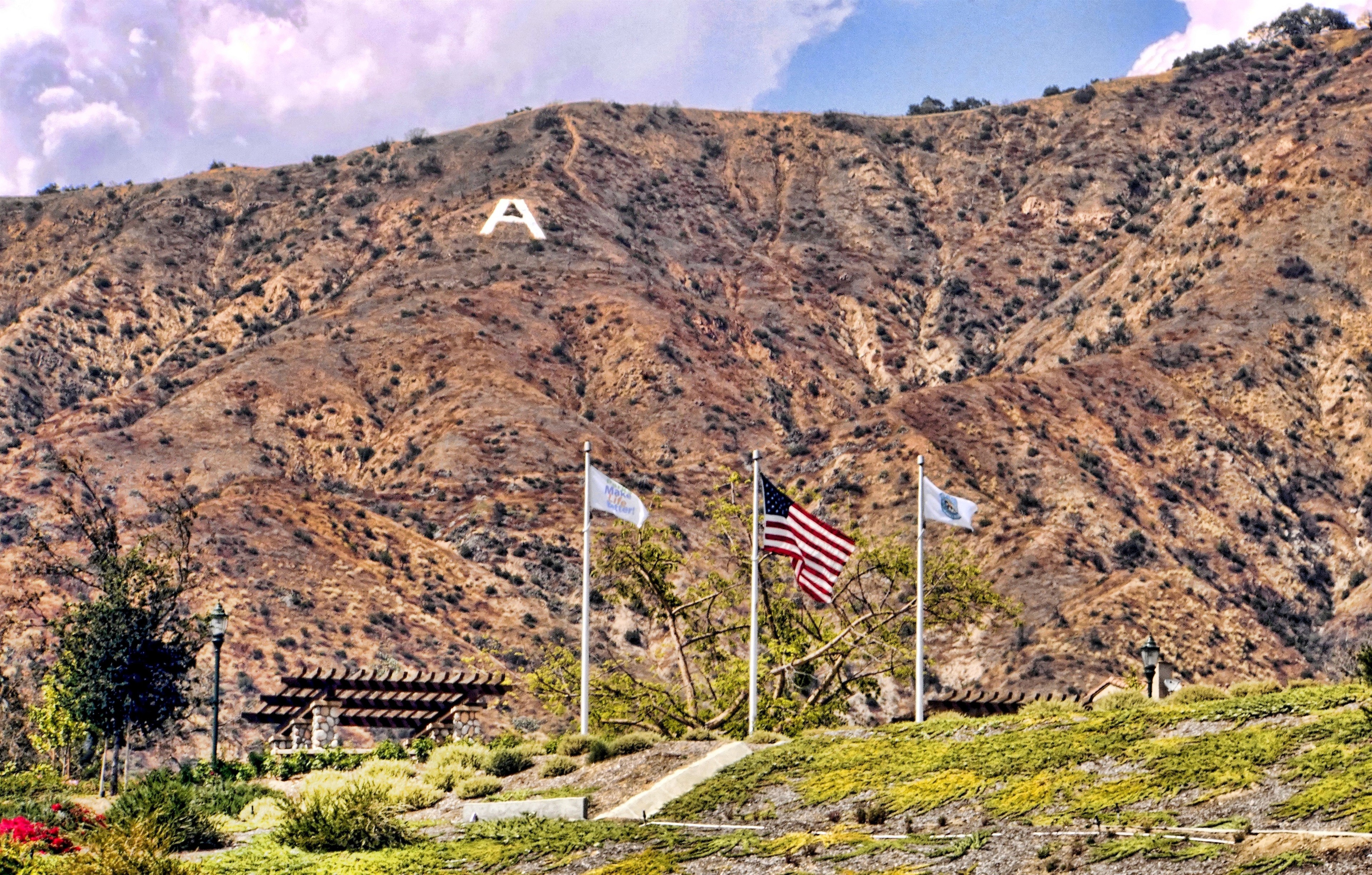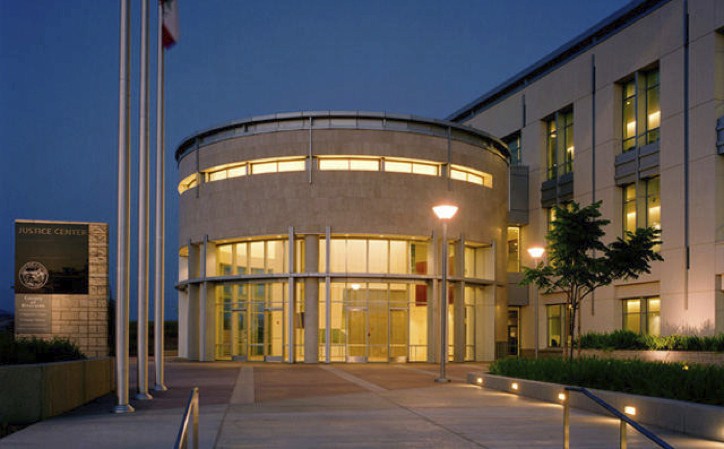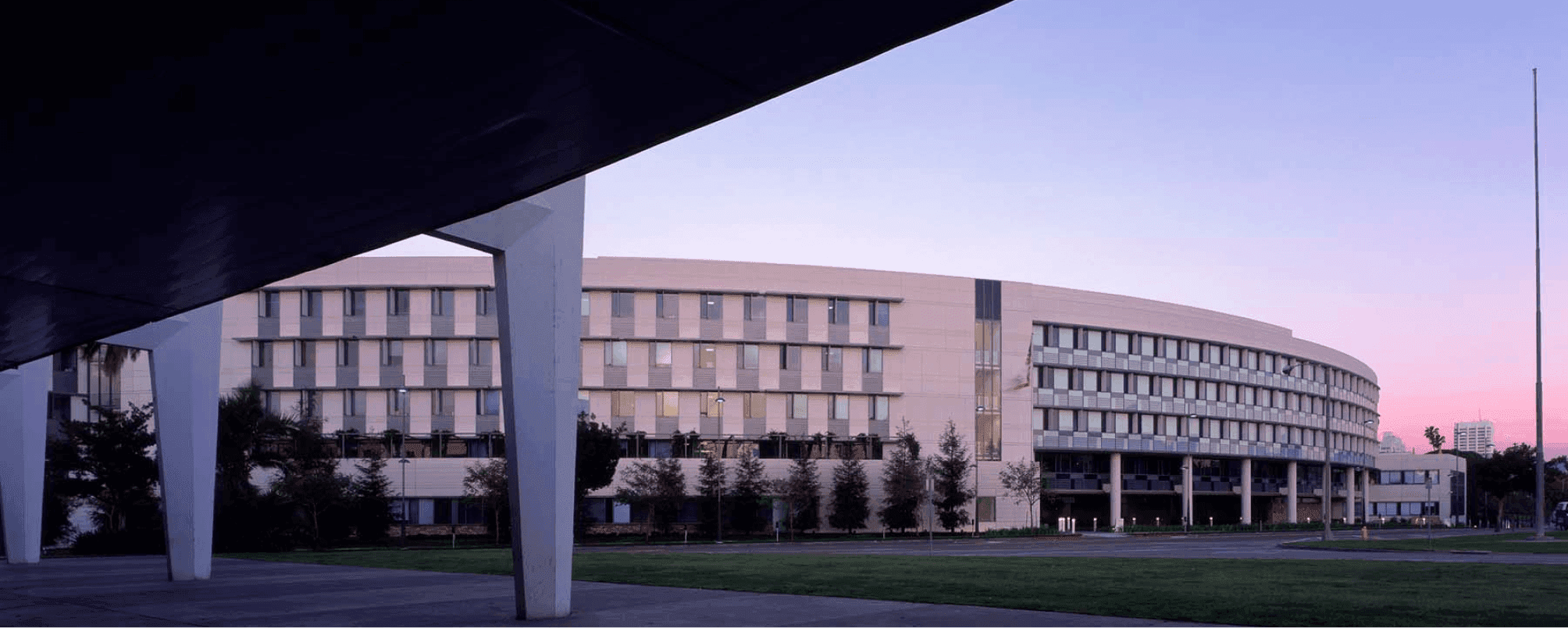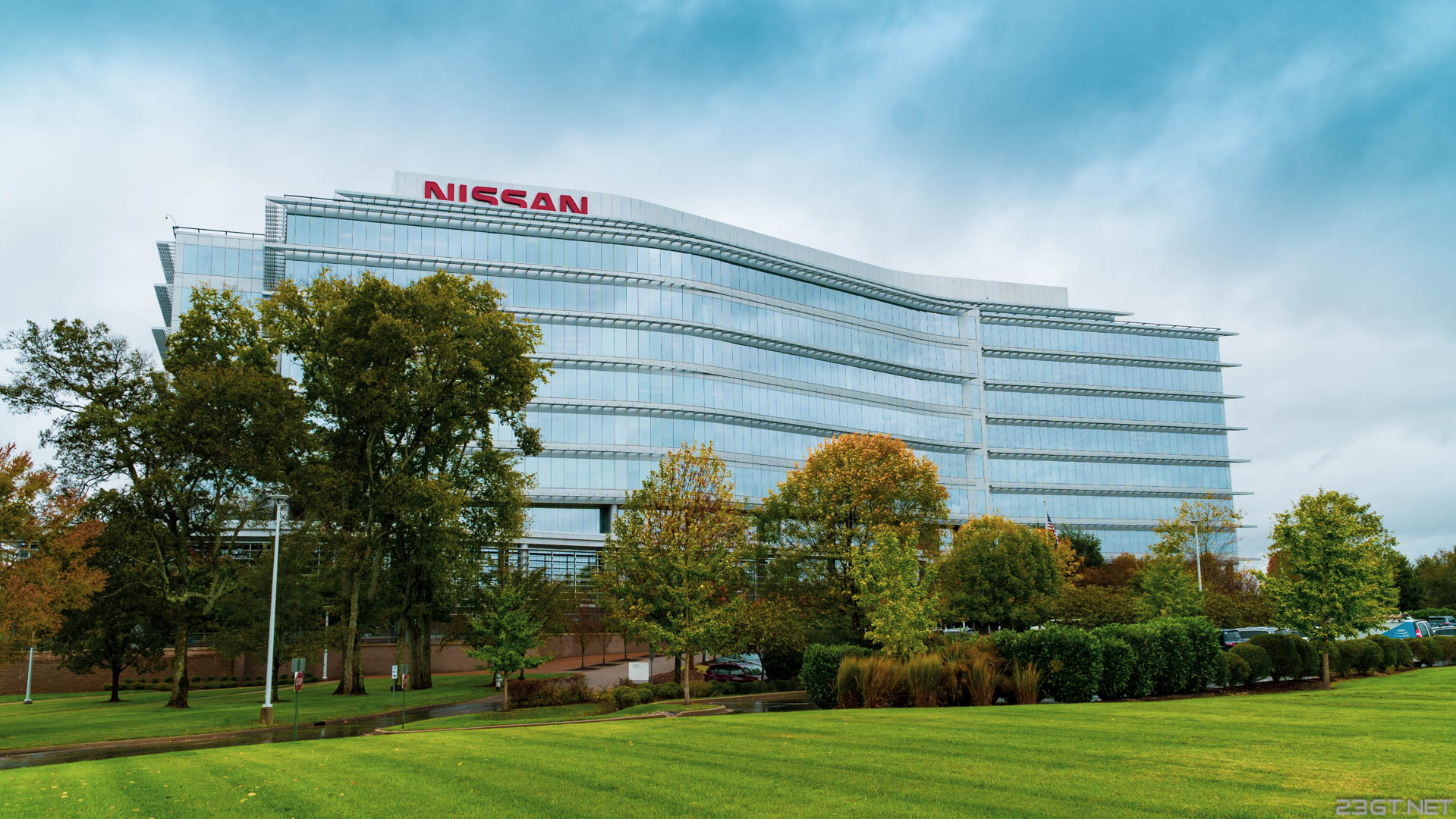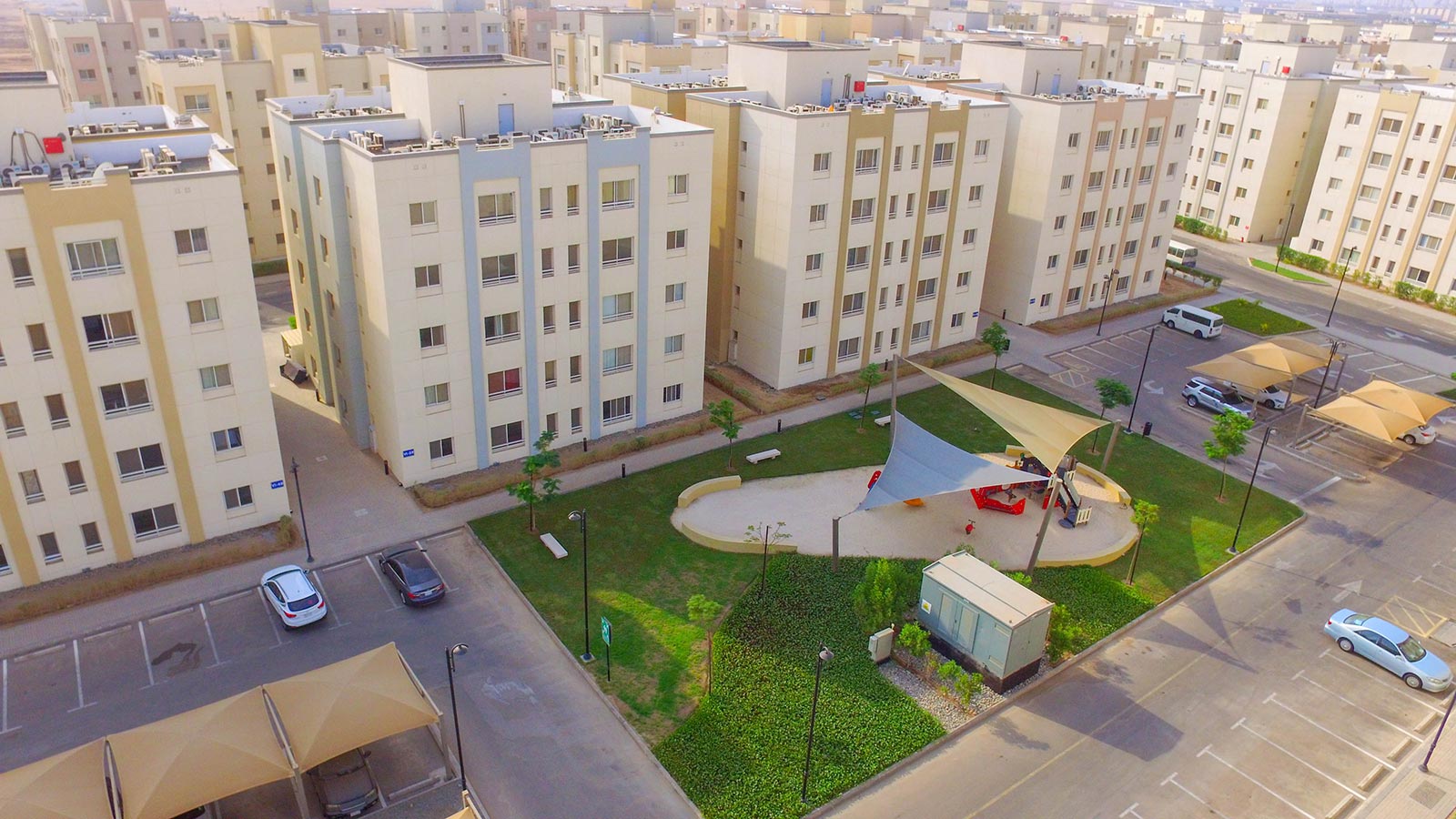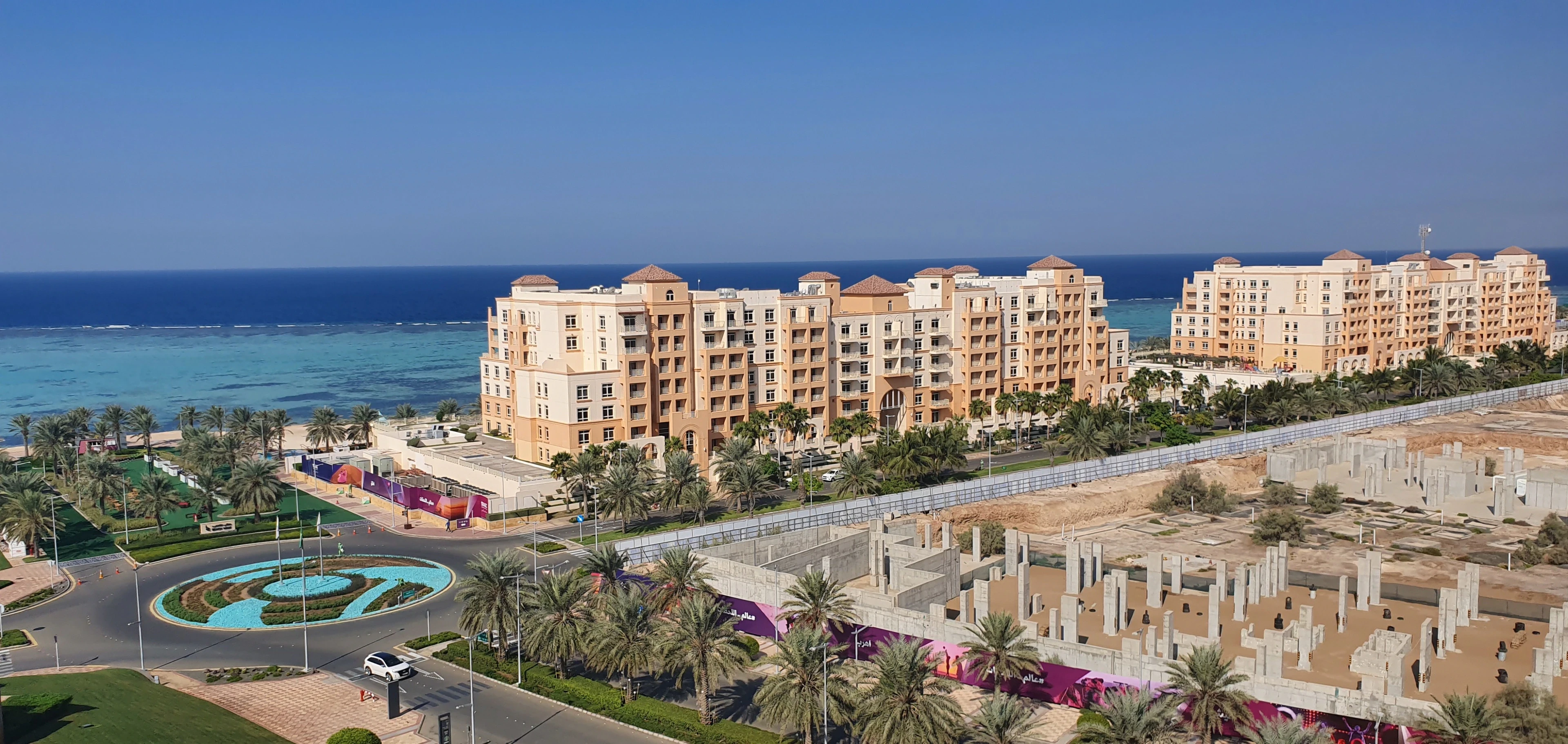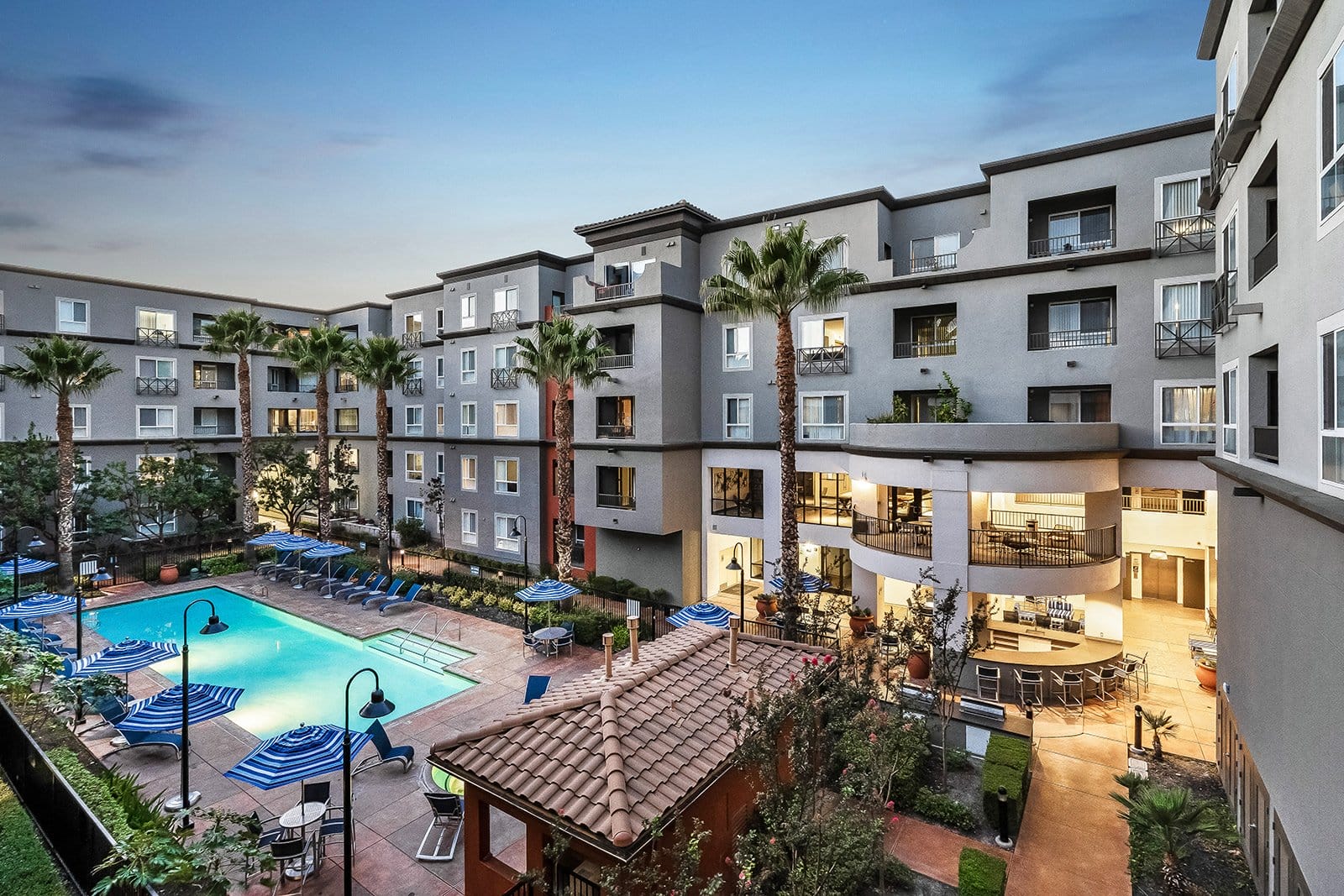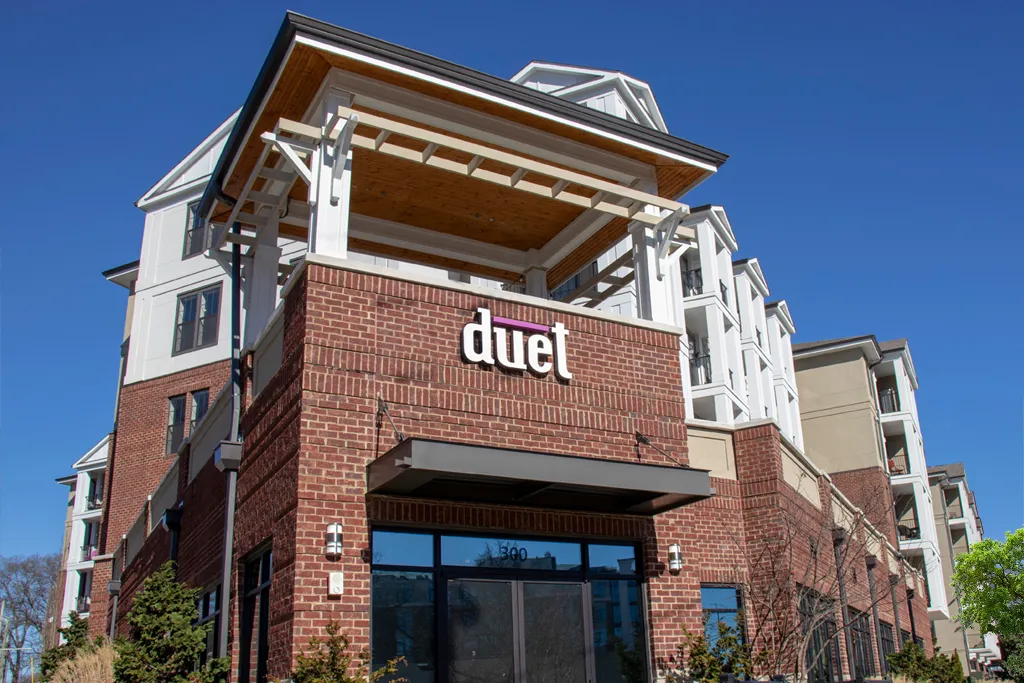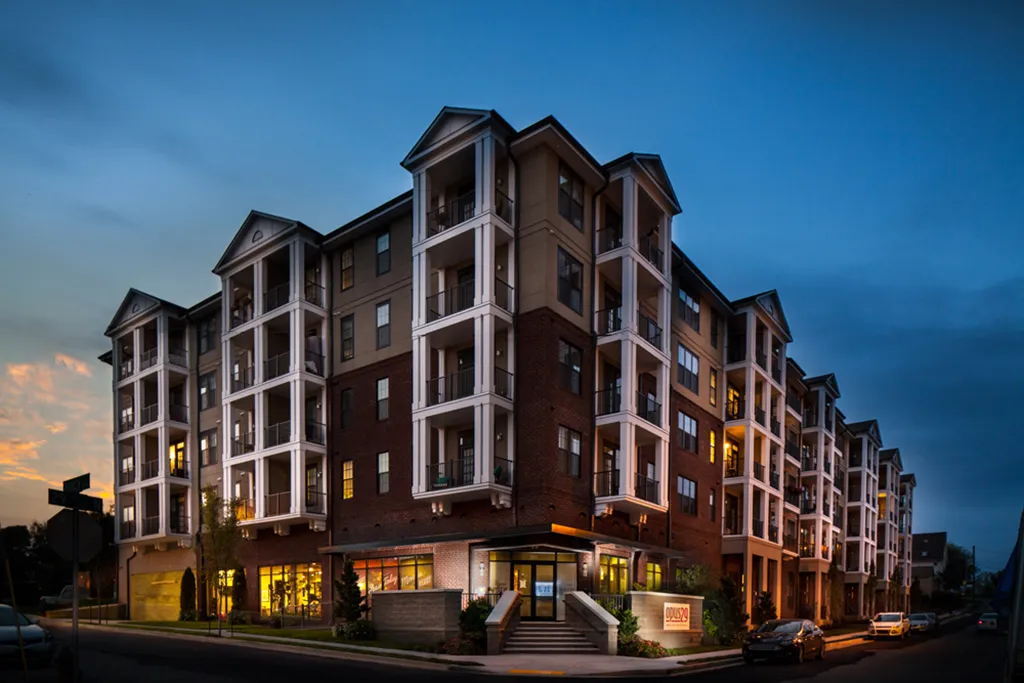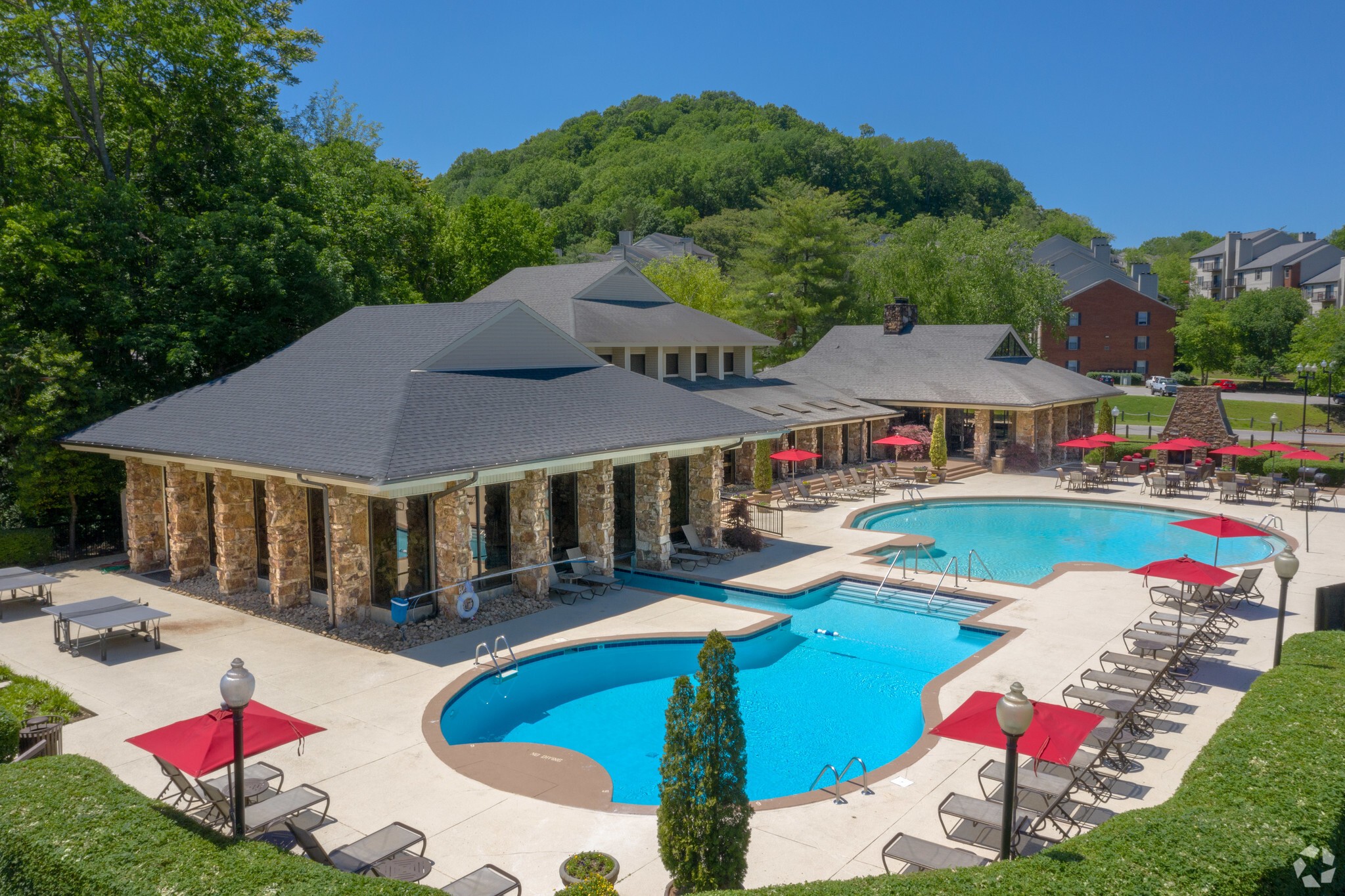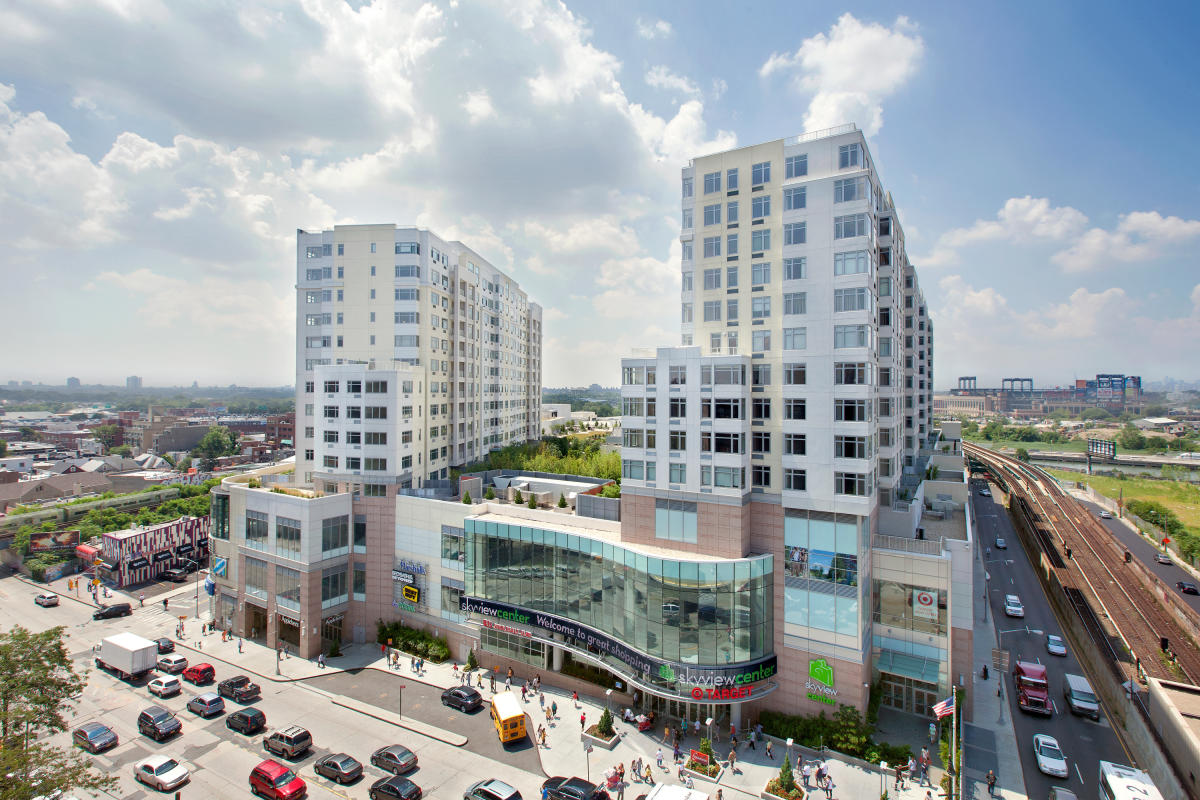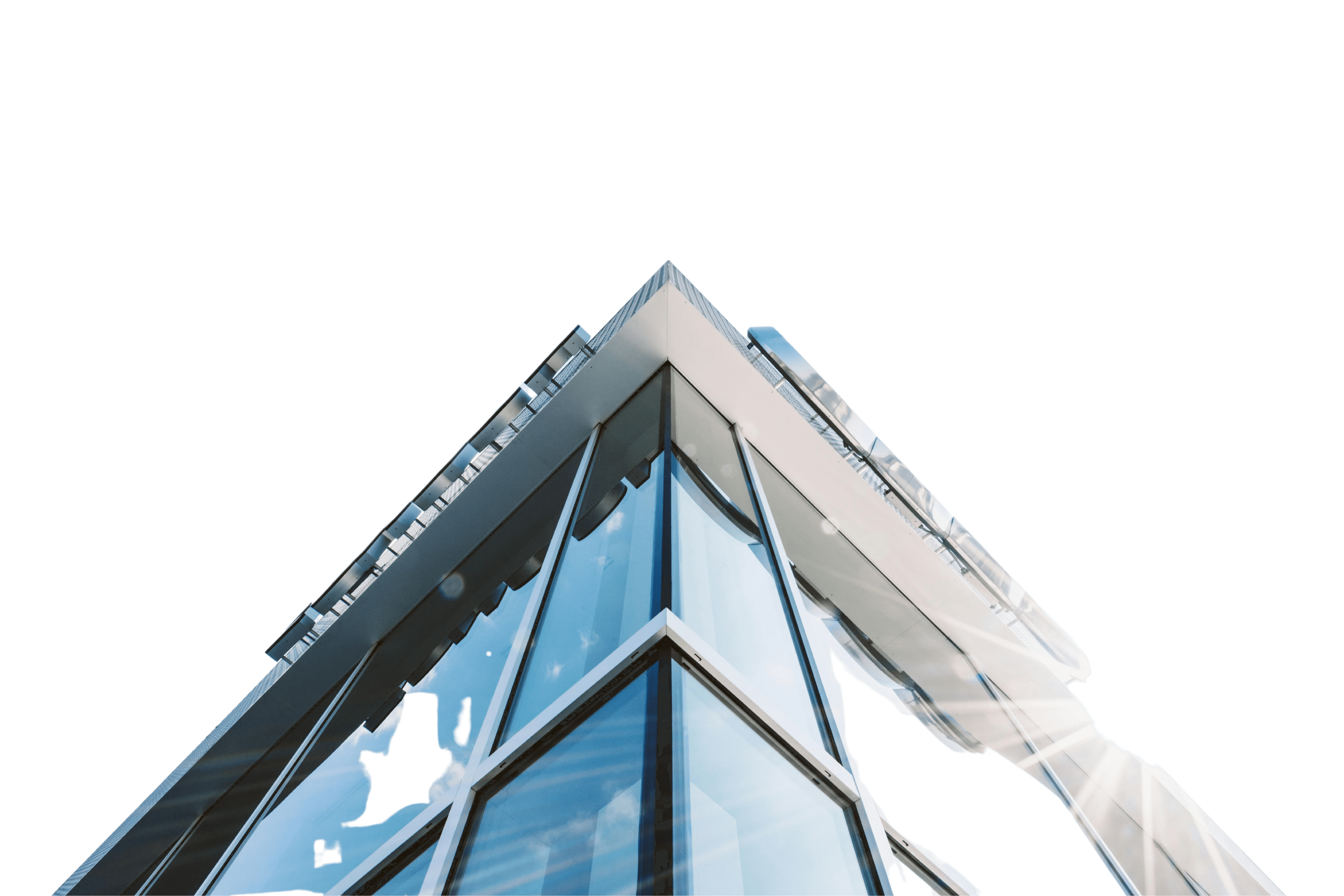
As we move into the second half of 2025, construction leaders are beginning to recalibrate expectations. According to midyear reports from Skanska, DPR, and Gilbane, the outlook for contractors is shaped by more questions than answers. The culprit isn’t just inflation or rising costs—it’s the growing cloud of policy-driven uncertainty, from tariffs and credit constraints to immigration enforcement.
While opportunities still exist—particularly in infrastructure and water—the road ahead will demand sharper planning, smarter procurement, and an agile mindset. Contractors who fail to adjust risk being outpaced by policy, not performance.
What’s Fueling Market Hesitation?
Contractors across the board are feeling the pressure of volatile external forces. Skanska describes 2025 as a “year of questioning” for project owners, with funding instability and rising project costs slowing decision-making. Similarly, DPR flags the confusing rollout of President Trump’s One Big Beautiful Bill—a policy that promised sweeping support for American infrastructure but has been mired in delays and contradictory executive orders.
The result? Builders are left trying to plan long-term projects while the rules of the game shift week by week.
Labor and Immigration: The Silent Strain on Project Schedules
Labor remains the most pressing bottleneck, and it’s now being made worse by political enforcement. DPR’s data points to a concerning trend: over 50% of trade labor roles are filled by foreign-born workers. Though DPR notes they haven’t seen a major disruption on their sites yet, the risk is very real. If immigration policy continues to tighten or legal entry pathways are restricted, contractors could see a dramatic decline in available skilled labor.
Fewer workers means longer timelines and higher costs. Without access to the labor required to execute, even the best-laid project plans begin to unravel.
Input Costs: It’s Not Just Inflation, It’s Access
While material inflation is a well-worn topic by now, 2025 is introducing a new layer: availability. Skanska specifically highlights steel and copper as hot zones of concern, with prices being pushed up not just by demand but by tariff impacts and supply chain distortions.
In response, many contractors are shifting to frontloaded procurement models—buying large quantities of materials in advance, often well before breaking ground. DPR’s report also points to growing adoption of AI and predictive analytics to forecast material needs and minimize delays.
The message is clear: traditional “just-in-time” procurement is no longer reliable in this climate.
The Growth Gap: Residential vs. Infrastructure
Gilbane’s forecast paints a stark picture—just 1% growth in construction spending for 2025, compared to 6.5% in 2024. That’s a major slowdown. The biggest drag? Residential. Soft housing starts and constrained financing have hit the sector hard.
However, all is not bleak. Infrastructure, water, and waste segments are holding strong thanks to consistent public funding. For builders with public-private capabilities, these sectors offer a relative safe harbor and a path to continued growth while the private markets recalibrate.
The Path Forward: Turn Uncertainty Into Strategy
At Paragon Construction Consulting, we see uncertainty as a signal—not a setback.
Whether it's early material procurement, strategic project phasing, or scenario planning based on potential policy shifts, now is the time to prepare—not pause. We believe the firms that thrive in 2026 will be the ones building systems today that can flex with the future.
It’s tempting to wait for clearer signals. But in construction, inaction is often more expensive than risk.
When timelines tighten, markets wobble, and policies pivot, predictable outcomes only come from proactive management.




